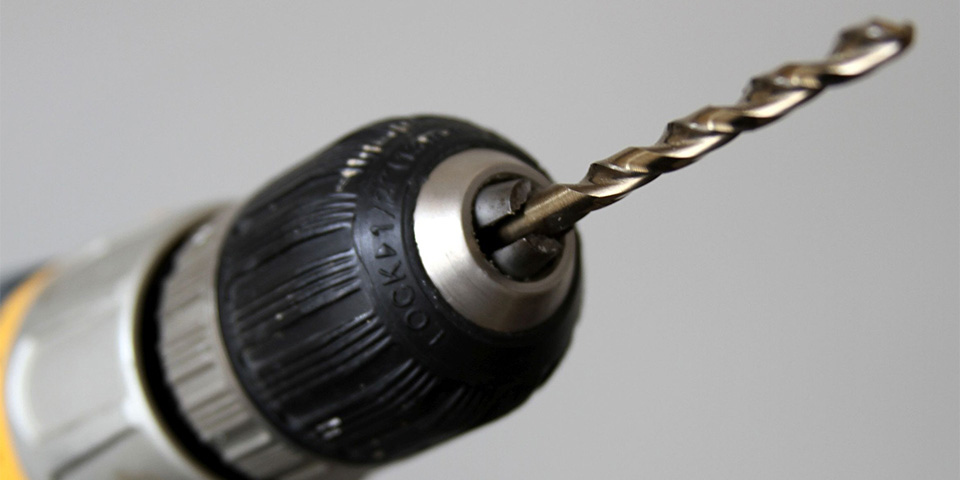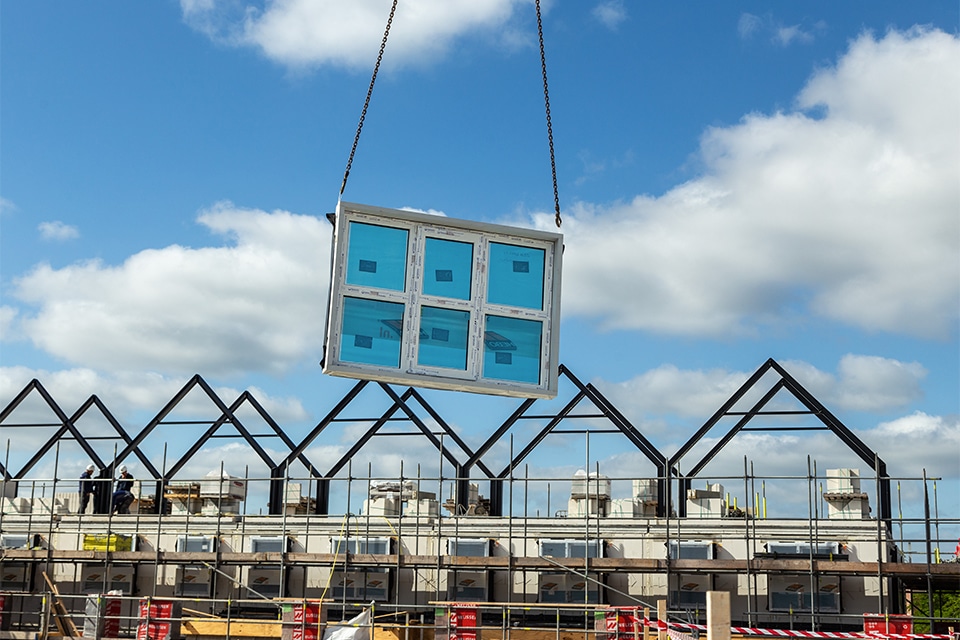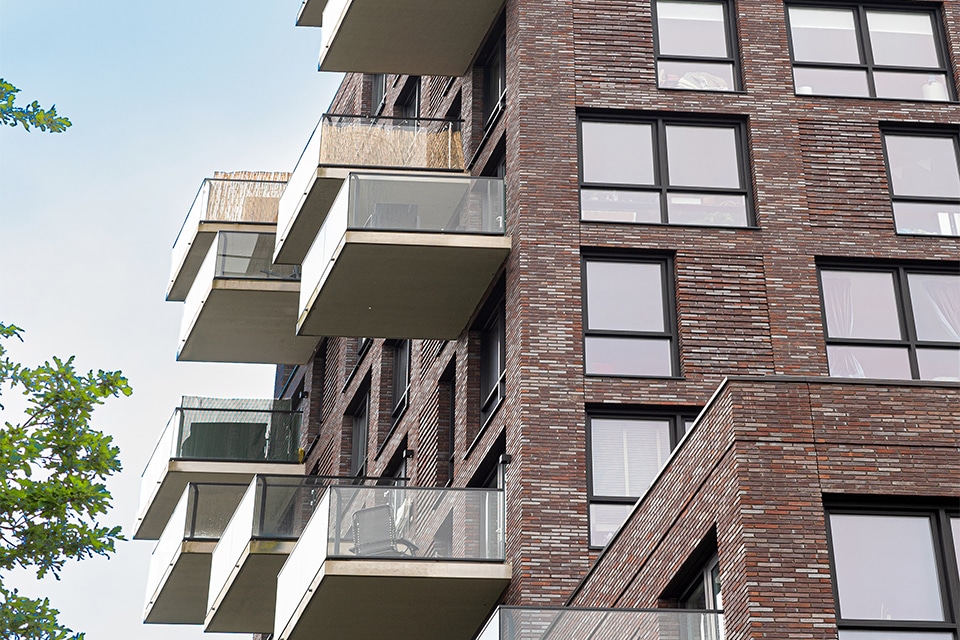
When do I use a drill press?
A drill is a device that is often an indispensable tool in various jobs. You have drills of various shapes and sizes, how do you know which machine is right for your job? And is a drill always necessary? Here are some situations with tips for you as a handyman.
The small, light jobs
For smaller jobs, you can often get by with an ordinary screwdriver. Just screw together a small frame or other product. These are the small jobs that you usually do in a few minutes and so don't need a drill.
Hanging various items on the walls
When you want to hang shelves, paintings, lamps and other items on the wall, it can be a different matter. With rock or cement walls, you often need a rotary hammer to make holes and use a screwdriver or screwdriver to insert the screws. An ordinary drill will not be sufficient for these walls.
Assembling furniture
When working on (homemade) furniture, this often involves a lot of screws. Working with an ordinary screwdriver can take a lot of time. For convenience, you can often choose a screwdriver: you get the screws into the furniture quickly and save time and energy. Take a look at a handy screwdriver from Mastertools.co.uk.
Battery or power?
When you want to use tools for your chores, it can be helpful to think about power usage. After all, a battery-powered drill is very flexible: you are not concerned with cables and/or reels. In doing so, these machines also often have enough power to do most jobs. For the large, heavy and lengthy drilling jobs, however, it is best to work on power in order to continue undisturbed.



